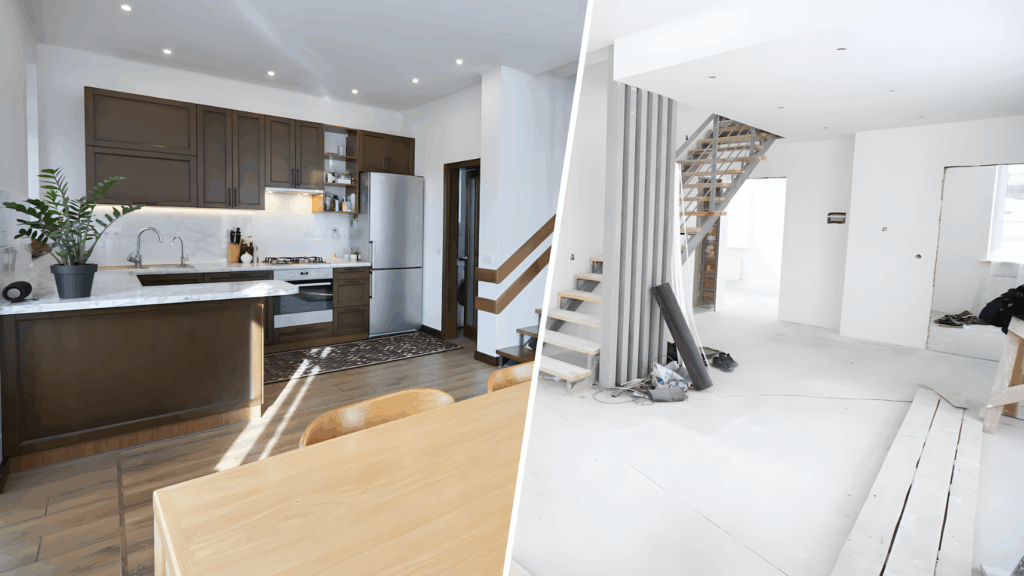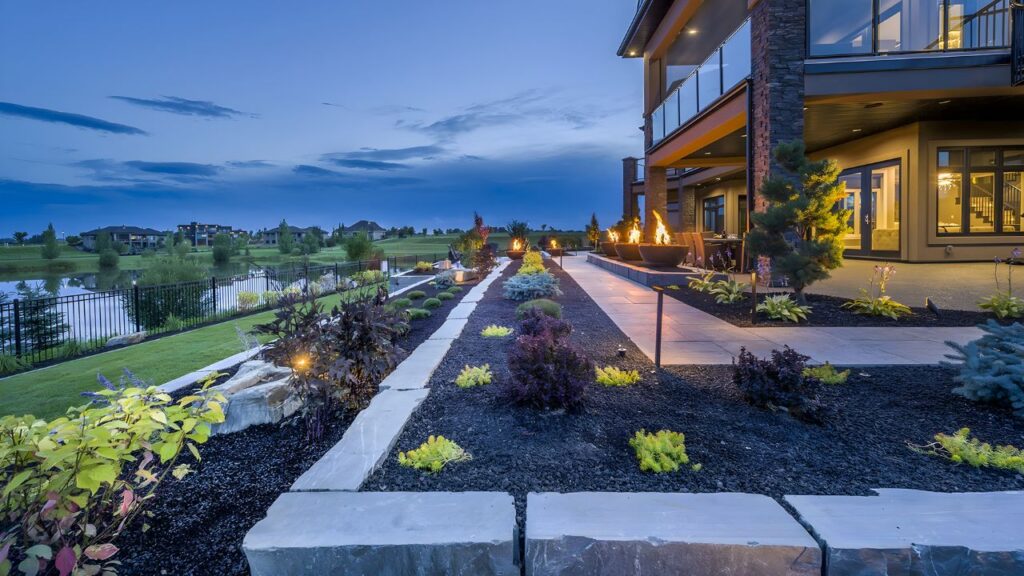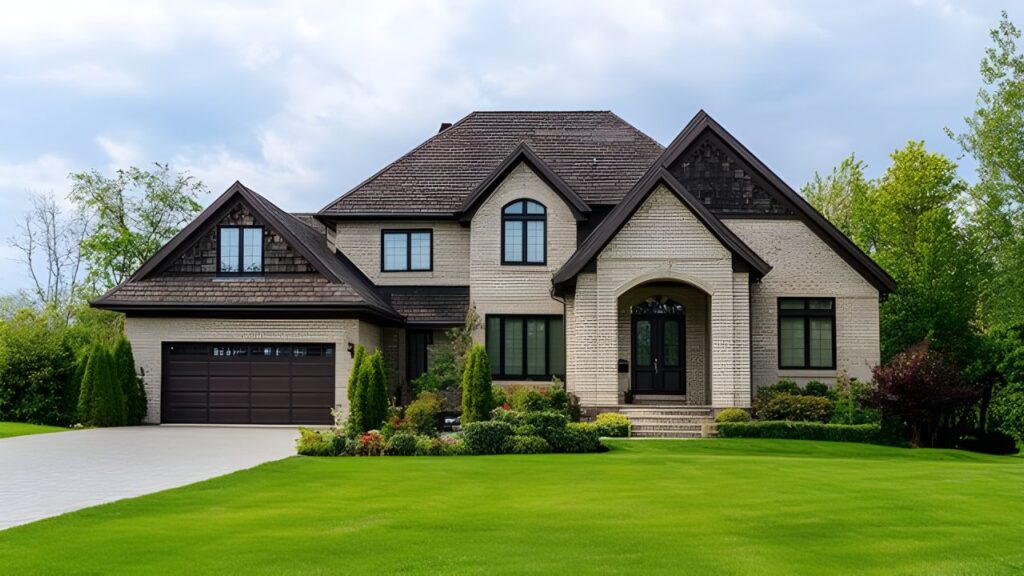The process of running a rented house begins a long time before a tenant is accommodated. However, be it your first time buying rental property or as an experienced landlord, proper preparation of your property is the best way of attracting good tenants, securing your investment as well as having a smooth tenancy. Preparation of your property to accommodate new tenants is also one of the most crucial things to do as a landlord in order to have a successful rental business. An important well-prepared property also serves to create a wonderful first impression and attract good tenants, to minimize the time of vacancy and allow decreasing the number of maintenance problems in the future. When tenants enter the premises and occupy a clean, safe, and well-kept house, they are likely to stay longer and pay on time, as well as treat it with dignity.
In this article, we are going to guide you the necessary steps that you would need to prepare your property to receive the new tenants and take care of all the aspects of the process, including maintenance, cleaning, and even safety inspection and legal aspects.
1. Conduct a Detailed Property Inspection
Good residential property management is based on a proper inspection. Inspect your rented house and outline the problems that can influence the level of comfort and safety of tenants.
Look for:
- Faucet, sink, and toilet leakages.
- Personal broken flooring, tiles, or carpets.
- Cracks in walls or ceilings
- Break-even windows and doors that do not open or close easily.
- Broken appliances or fixtures.
Early detection of problems will save you time and headache later because you are able to solve the problems before the tenants occupy the houses. An active inspection also shows your tenants that you are concerned about their comfort and safety.
2. Complete Repairs and Preventative Maintenance

No one would be willing to occupy a place whose heater is broken or the roof leaks. Prior to the arrival of the tenants, have all outstanding repairs done and think about carrying out preventative maintenance.
Important areas to focus on:
- Plumbing: Make sure there are no leaks, clogs, and water pressure problems.
- Electrical Systems: Make sure that the wiring is in good condition, the outlets are functional, and circuit breakers are functional.
- HVAC: Have heating and cooling systems serviced to make them in excellent condition.
- Equipment: repair or upgrade old or defective equipment.
- Roof and gutters: Clean up trash, replace broken shingles and maintain good drainage.
The earlier these items are handled, the lesser the likelihood of getting last minute maintenance requests in the future, a factor that will make you and your tenants happy.
3. Deep Clean the Property
A clean house will be the atmosphere of the whole process between the landlord and the tenant. Tenants need to enter the house in a clean state and cleanliness is a sign of professionalism.
Deep cleaning must involve:
- Washing carpets by steam or hardwood floors.
- Washing kitchens and bathrooms, sinks, tiles, and grouts.
- Cleaning the windows, both inside and outside.
- Ventilating base boards, fans, vents, and blinds.
- Cleaning appliances exterior and interior.
- Eliminating smells and providing circulation of air.
Professional cleaning might prove very beneficial, particularly when the tenants are relocating within a short time.
4. Test Appliances and Utilities
It is not a secret that nothing irritates a tenant more than when he/she arrives and realizes that the oven does not heat or the washing machine does not rotate. Check all of the key appliances such as stoves, ovens, dishwashers, refrigerators, and laundry units in advance of tenant arrival.
Check vital utilities also:
- Hot and cold water
- Heating and cooling systems
- Electrical sockets and lamps.
- Internet and cable (rental).
A well-equipped house will make tenants feel appreciated, and decrease the early complaints.
5. Prioritize Safety and Security
The safety of tenants should be the first. By assuring that the property is safe, you protect your tenants and also expose yourself to liability.
Key steps:
- Install new locks or remodel all door locks.
- Check carbon monoxide sensors and smoke detectors.
- Make fire extinguishers available and current.
- Check window lock-Up and door security.
- Install or repair outdoor lighting to improve visibility.
In the case of multi-unit properties, security cameras or controlled access systems. A safe house ensures that tenants can relax and be willing to remain at long-term basis.
6. Refresh Paint and Landscaping

Cosmetic renovations will go far in ensuring that a property feels new and friendly. An immediate effect of a space is given a fresh coat of paint particularly in neutral colors.
Outside, focus on curb appeal:
- Mow the lawn and trim bushes.
- Remove weeds and dead plants.
- Sweep pathways and porches.
- To add touching details such as potted flowers or mulch to make it look polished.
The first impression the tenants get is a clean and welcoming exterior hence they get a good first impression even before stepping in.
7. Document the Property Condition
You should take a note of the state of the property before the move-in, particularly when you are experienced in purchasing the property or in intending to sell in future. Make clear time-stamped photographs and notes of each room, each and every single fixture and appliance. Give tenants a move-in check list that they can use to document the property when they move in. Such documentation ensures that you and the tenant are not vulnerable to the claims on damages as at the expiry of the lease and can also be that useful reference in case you intend to sell the property at a later stage.
8. Review Legal and Compliance Requirements
All landlords are required to meet the local housing codes and laws relating to landlords and tenants. Consider your duties before renting and make sure you are not breaking the law.
This may include:
- Making the necessary disclosures (e.g. lead paint, mold or pest history)
- Assuring health and safety codes of the property.
- Composing a legal and straightforward lease agreement.
- Describing the regulations concerning the payments of rent, penalties, and care.
To avoid making expensive mistakes, it is advisable to seek the services of a legal expert or real estate management agency.
9. Provide a Tenant Welcome Packet

The extra mile will be a distinguishing factor as a landlord. A welcome packet assists tenants with settling and minimizes their needless queries.
Include:
- Recycling and garbage collection plans.
- Emergency contact numbers
- Information on utility providers.
- Wi-Fi information and manual to appliances.
- Local suggestions (grocery stores, park, etc.)
The tenants will not dislike the effort, and it will contribute to creating a positive association at the initial stage.
10. Schedule a Final Walkthrough with Tenants
Lastly, ensure that you conduct a walk through with your tenants before presenting them the keys. This will provide you the opportunity to discuss the working of appliances, look into the move-in checklist and clarify any doubts.
A walkthrough will also help in the agreement of the condition of the property by both parties which will help in future contradiction. It provides a clear expectation and it enables you to instill trust in your tenants at the very onset.
Conclusion
Moving in new tenants is a very important process in effective residential property management. Ranging all the way up to deep inspections and repairs, cleaning, safety inspections, and getting tenants on board, all this constitutes in attracting quality tenants and securing your investment.
With the landlords purchasing rental property, these steps are particularly crucial in laying the ground work to long term profitability. By hiring a tenant finder, recording the condition of the property, and offering a friendly move-in service, vacancy time and tenant satisfaction can be greatly minimized.
You save time by ensuring that you take care of your property and not only make the experience of moving into your building easy, but also establish good relations with your tenants, which will make your rental process a success and without any hustle or bustle.


